Filter by
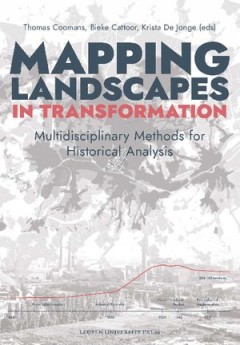
Mapping Landscapes in Transformation Multidisciplinary Methods for Historical…
The relational complexity of urban and rural landscapes in space and in time. The development of historical geographical information systems (HGIS) and other methods from the digital humanities have revolutionised historical research on cultural landscapes. Additionally, the opening up of increasingly diverse collections of source material, often incomplete and difficult to interpret, has led t…
- Edition
- -
- ISBN/ISSN
- 9789461662835
- Collation
- 376 halaman
- Series Title
- -
- Call Number
- 720 COO m
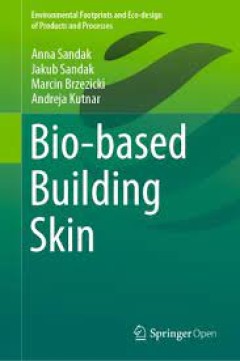
Bio-based Building Skin
This book provides a compendium of material properties, demonstrates several successful examples of bio-based materials’ application in building facades, and offers ideas for new designs and novel solutions. It features a state-of-the-art review, addresses the latest trends in material selection, assembling systems, and innovative functions of facades in detail. Selected case studies on build…
- Edition
- -
- ISBN/ISSN
- 978-981-13-3747-5
- Collation
- -
- Series Title
- -
- Call Number
- 720 SAN b
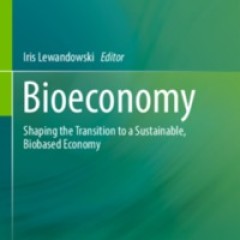
Bioeconomy: Shaping the Transition to a Sustainable, Biobased Economy
This book defines the new field of "Bioeconomy" as the sustainable and innovative use of biomass and biological knowledge to provide food, feed, industrial products, bioenergy and ecological services. The chapters highlight the importance of bioeconomy-related concepts in public, scientific, and political discourse. Using an interdisciplinary approach, the authors outline the dimensions of the …
- Edition
- -
- ISBN/ISSN
- 978-3-319-68152-8
- Collation
- -
- Series Title
- -
- Call Number
- 630

Methods for Measuring Greenhouse Gas Balances and Evaluating Mitigation Optio…
This book provides standards and guidelines for quantifying greenhouse gas emissions and removals in smallholder agricultural systems and comparing options for climate change mitigation based on emission reductions and livelihood trade-offs. Globally, agriculture is directly responsible for about 11% of annual greenhouse gas (GHG) emissions and induces an additional 17% through land use change,…
- Edition
- -
- ISBN/ISSN
- 978-3-319-29794-1
- Collation
- XV, 203 halaman
- Series Title
- -
- Call Number
- 630 MET
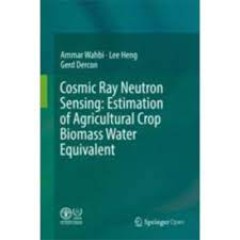
Cosmic Ray Neutron Sensing : Estimation of Agricultural Crop Biomass Water Eq…
This open access book provides methods for the estimation of Biomass Water Equivalent (BEW), an essential step for improving the accuracy of area-wide soil moisture by cosmic-ray neutron sensors (CRNS). Three techniques are explained in detail: (i) traditional in-situ destructive sampling, (ii) satellite based remote sensing of plant surfaces, and (iii) biomass estimation via the use of the CRN…
- Edition
- -
- ISBN/ISSN
- 978-3-319-69539-6
- Collation
- X, 33 halaman
- Series Title
- -
- Call Number
- 630 WAH c
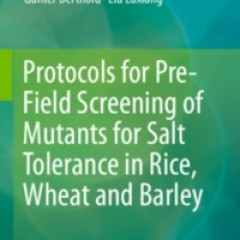
Protocols for Pre-Field Screening of Mutants for Salt Tolerance in Rice, Whea…
This book offers effective, low-cost and user-friendly protocols for the pre-field selection of salt-tolerant mutants in cereal crops. It presents simple methods for measuring soil salinity, including soil sampling and the analysis of water-soluble salts, and describes a detailed, but simple, screening test for salt tolerance in rice, wheat and barley seedlings, which uses hydroponics. The prot…
- Edition
- -
- ISBN/ISSN
- 978-3-319-26590-2
- Collation
- X, 37 halaman
- Series Title
- -
- Call Number
- 630 BAD p

Biodiversity of Vegetable Crops, A Living Heritage
Intensive agriculture has generally resulted in higher productivity, but also in a trend towards decreasing levels of agro-biodiversity, which represents a key point in ensuring the adaptability and resilience of agro-ecosystems in the global challenge to produce more and better food in a sustainable way. The biodiversity of vegetable crops includes genetic diversity—both as species diversity…
- Edition
- -
- ISBN/ISSN
- ISBN 978-3-03897-721-6
- Collation
- -
- Series Title
- -
- Call Number
- 630 BIO
Digital Transformation in Semiconductor Manufacturing : Proceedings of the 1s…
This open access book reports on cutting-edge electrical engineering and microelectronics solutions to foster and support digitalization in the semiconductor industry. Based on the outcomes of the European project iDev40, which were presented at the two first conference editions of the European Advances in Digital Transformation Conference (EADCT 2018 and EADTC 2019), the book covers different,…
- Edition
- -
- ISBN/ISSN
- 978-3-030-48602-0
- Collation
- VIII, 146 halaman
- Series Title
- -
- Call Number
- 621 DIG
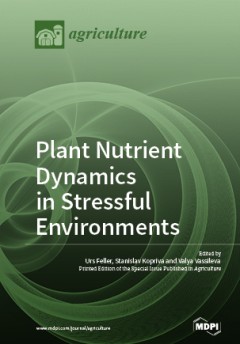
Plant Nutrient Dynamics in Stressful Environments
The papers included in this special issue cover a broad range of aspects ranging from genetics and breeding to crop production in the field. Climate change, intensified agriculture, modifications of land use, or pollution are often accompanied by larger fluctuations including extreme events. The growing world’s population and nutrient deficiencies in agricultural products for human or animal …
- Edition
- -
- ISBN/ISSN
- 978-3-03897-064-4
- Collation
- -
- Series Title
- -
- Call Number
- 630 PLA
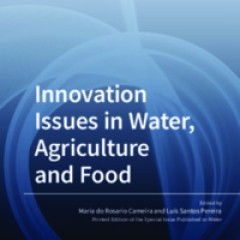
Innovation Issues in Water, Agriculture and Food
In a worldwide context of ever-growing competition for water and land, climate change, droughts and man-made water scarcity, and less-participatory water governance, agriculture faces the great challenge of producing enough food for a continually increasing population. In this line, this book provides a broad overview of innovation issues in the complex water–agriculture–food nexus, thus al…
- Edition
- -
- ISBN/ISSN
- 978-3-03921-166-1
- Collation
- -
- Series Title
- -
- Call Number
- 630 INN
 Computer Science, Information & General Works
Computer Science, Information & General Works  Philosophy & Psychology
Philosophy & Psychology  Religion
Religion  Social Sciences
Social Sciences  Language
Language  Pure Science
Pure Science  Applied Sciences
Applied Sciences  Art & Recreation
Art & Recreation  Literature
Literature  History & Geography
History & Geography